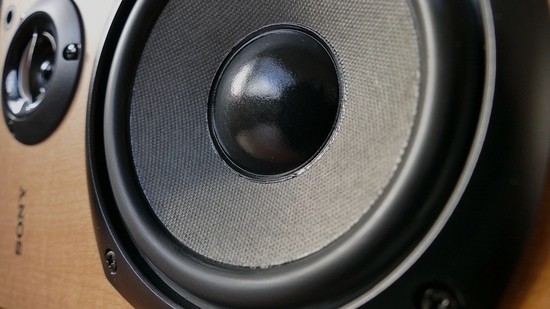A great sound system isn’t just for audiophiles. Many people appreciate a quality sound that captures a wide range of notes and pairs well with their music or entertainment systems. While many speakers can produce sound levels that are quite similar to one another at first glance, there are a few ways musicians or people that love great sound can test speakers to evaluate their quality.

Determine the Type of Speaker
All speaker types are meant to reproduce an input signal as close to the original as possible and with minimal distortion. However, different types of speakers tend to have various quality thresholds beyond which they can’t pass. One of the first steps in evaluating the sound quality of your speakers is to determine which type you will be using. Finding a metric like this for your speakers can help make sure you are not putting any unfair constraints on them. A loudspeaker will have a different threshold than an audio amplifier or the speakers on a disc player.
Play the Music You Know
Chances are good that you grew up listening to a few particular genres of music. You know how some of your favorite groups or artists are supposed to sound when it comes to tones, instruments, and vocals. Test speakers such as those from Bang and Olufsen by playing a few kinds of music and listening for a balanced range of sounds. The music you hear should sound as natural as possible. Because people are used to the way music sounds in a natural environment, vocals and acoustic instruments are some of the best metrics here.
Use Two-Channel Stereo
This may not make sense at first, but it is important to evaluate speakers using stereo settings. While surround sound is the obvious choice, tones coming at you from all angles can trick you into thinking the quality of the sound you’re hearing is better than it is in reality. Listen for things like the depth in the bass you hear. If you feel the need to do so, you can move on to multi-channel music later.
Judge All Ranges Separately
Typically, you will want a set of speakers that reproduces both the mid-level, low, and high sound ranges all as accurately as possible. Not all speakers will do all of these things with equal skill. Bass should sound powerful yet articulate, and a good speaker will not produce audio distortions to compensate for bass that is too low for it to play. The mid-range is where the easiest sounds to identify are, and the treble range should have a smooth quality.
Knowing how to measure the quality of the speakers in a sound system can help musicians and audio technicians choose the models that might work best for their fields or needs. These skills are also useful if one needs to tweak the settings on a speaker to get the precise range of sounds required for specific tasks or projects.
